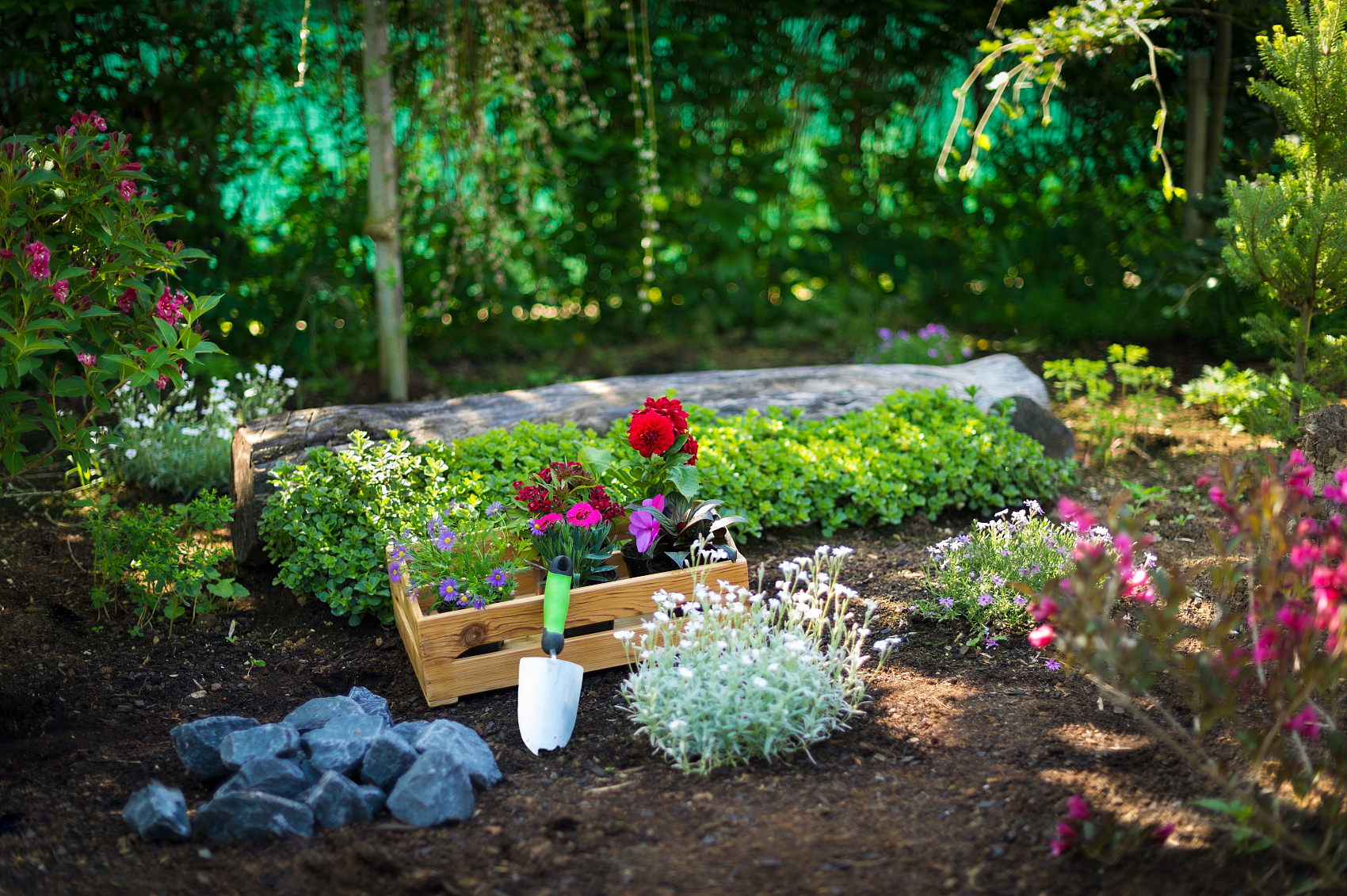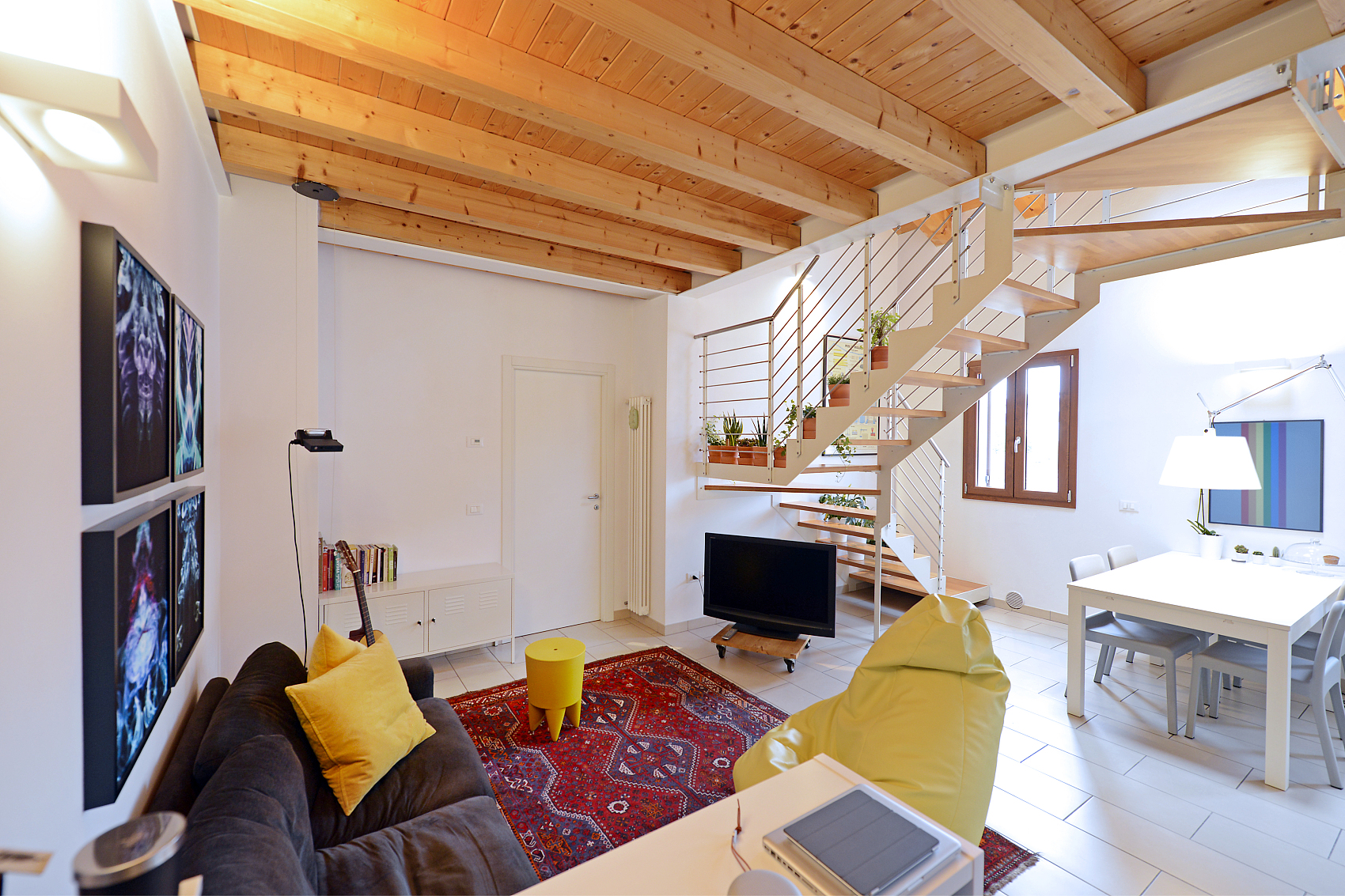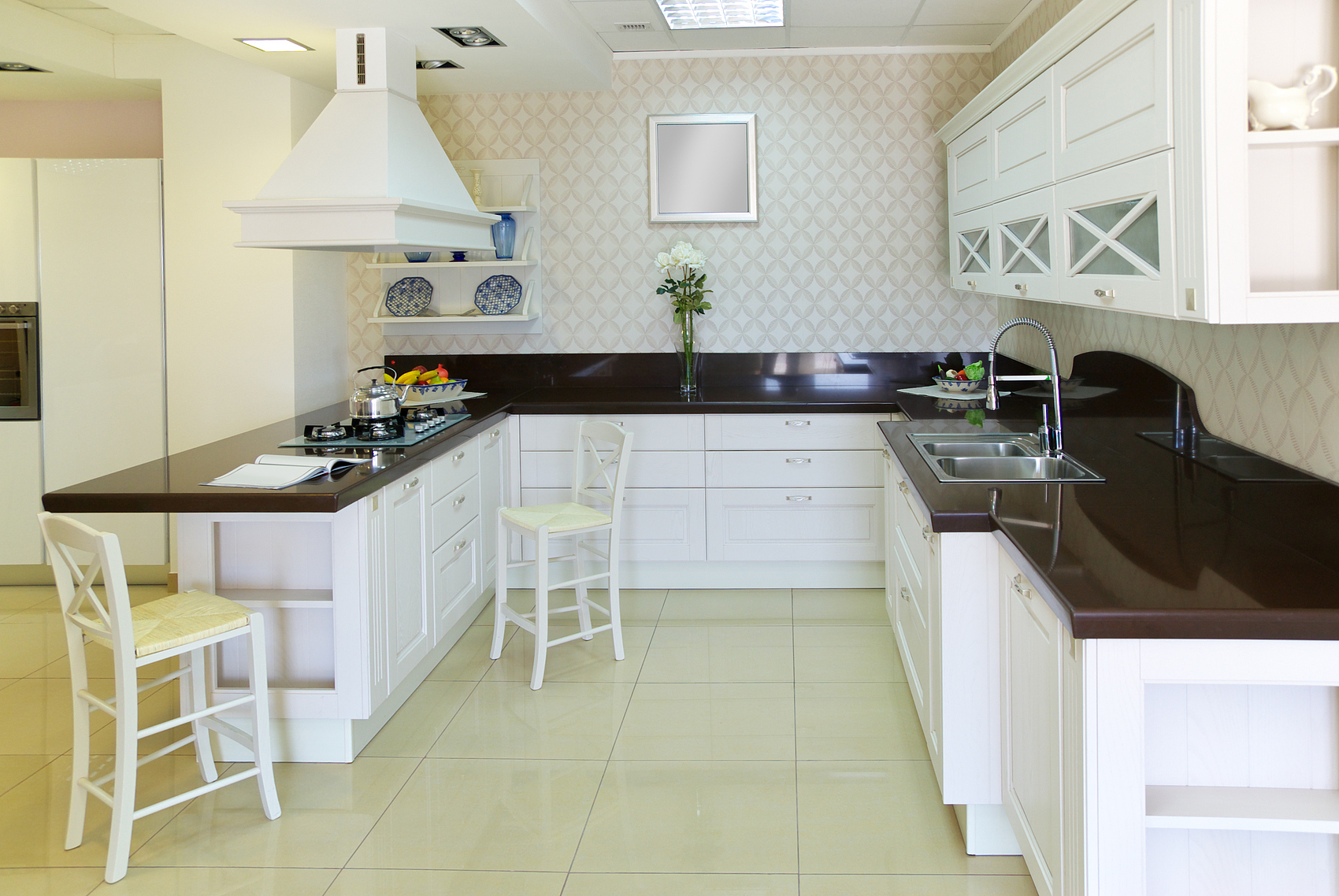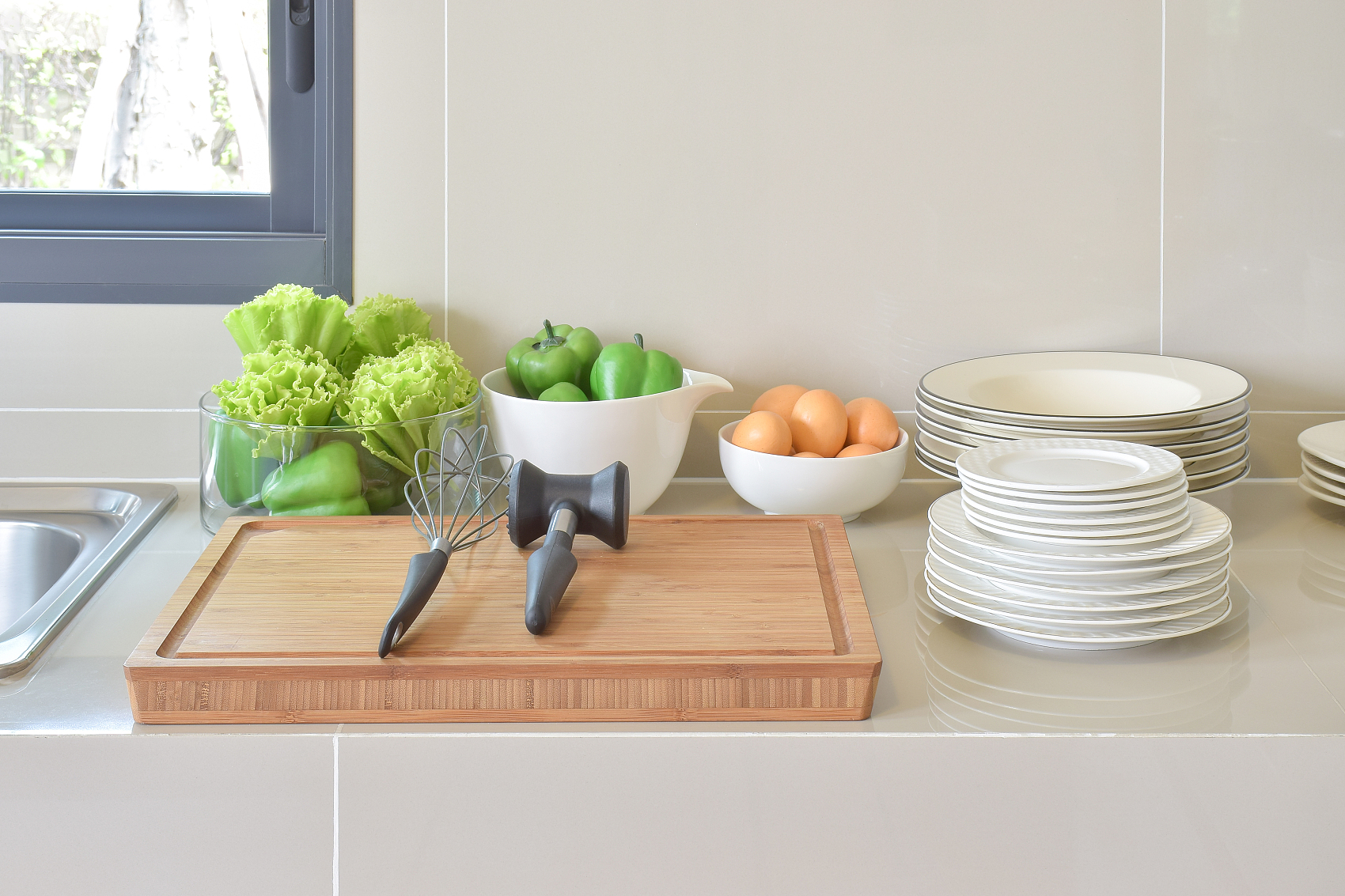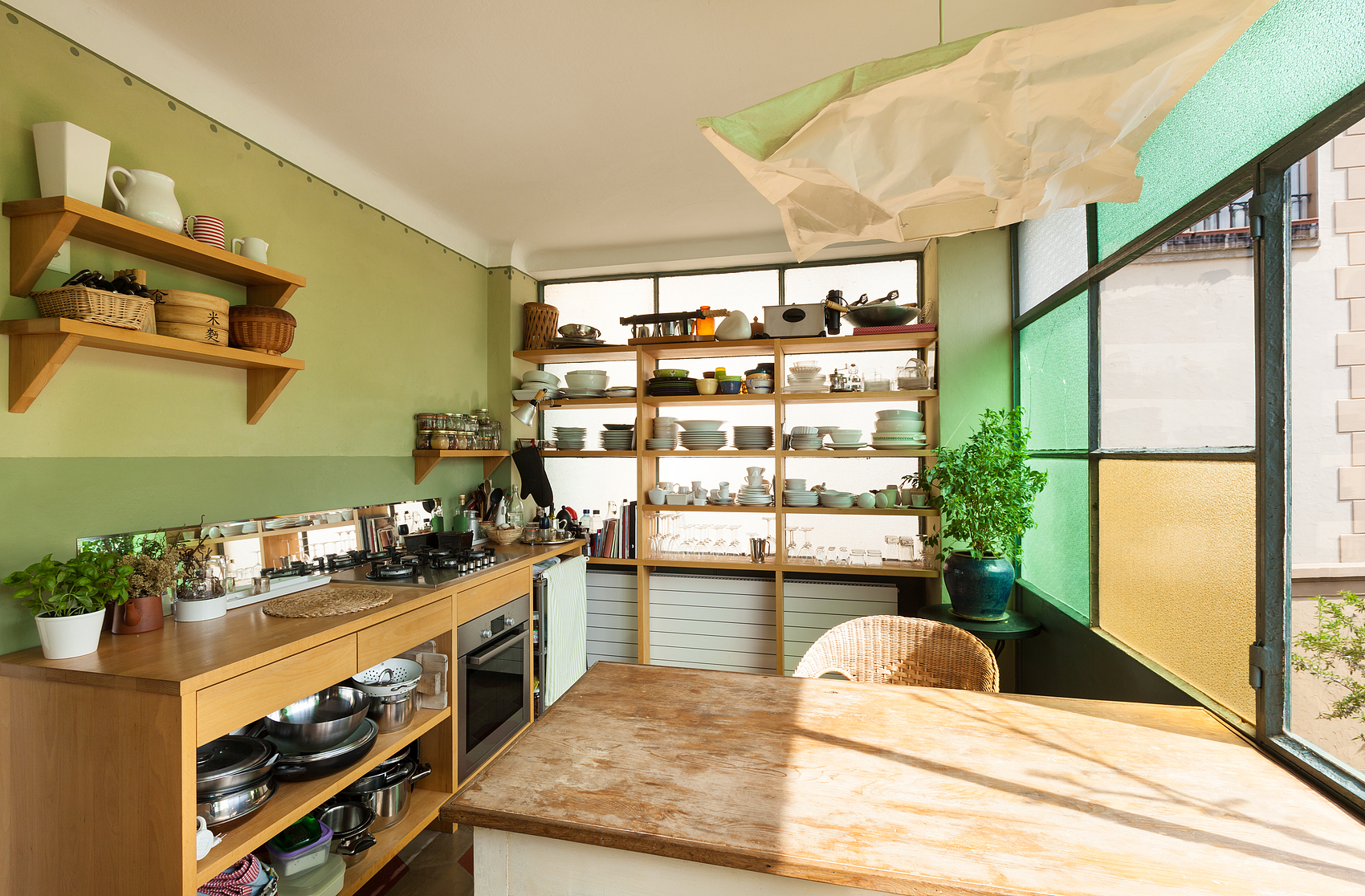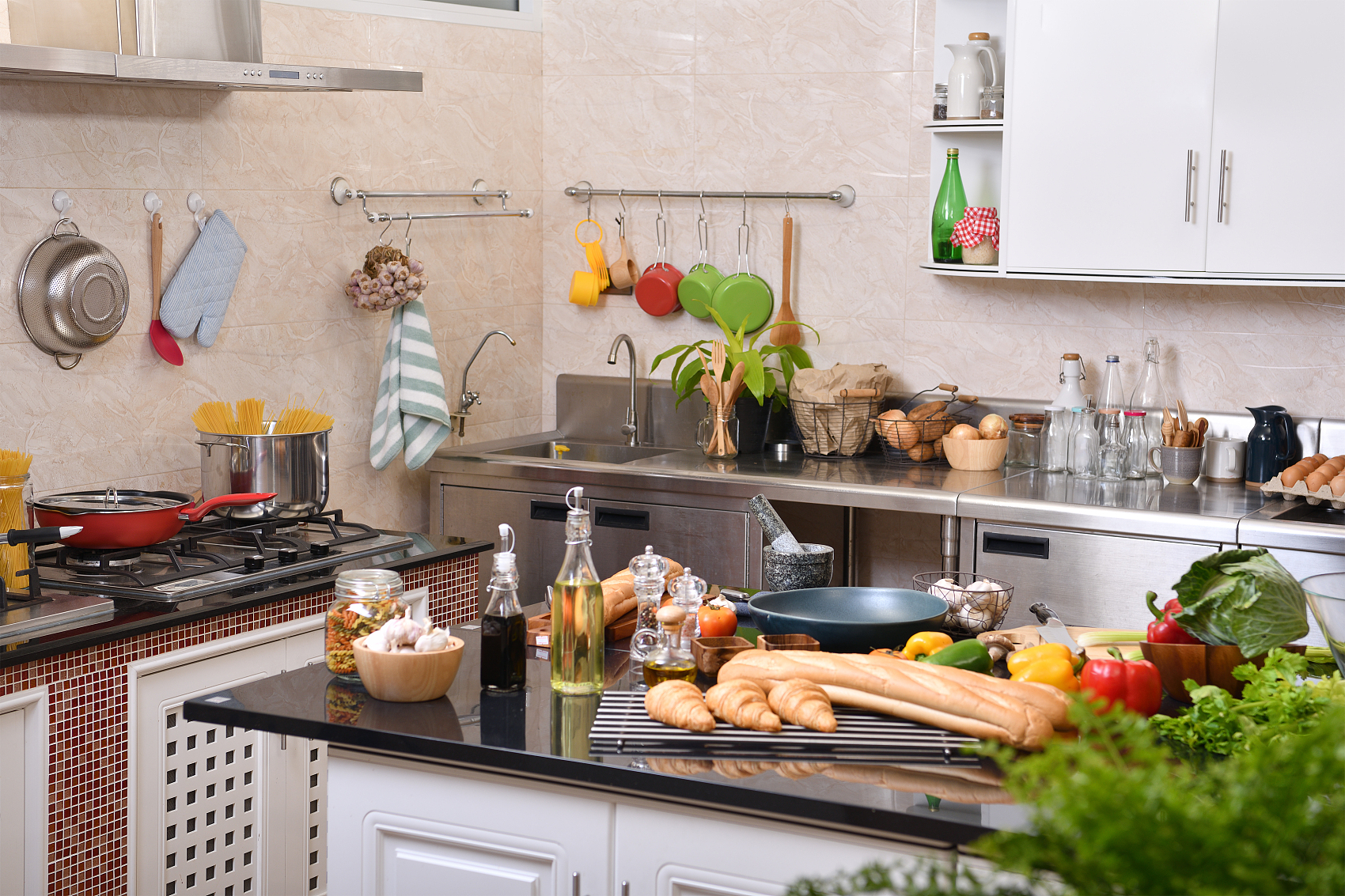A pool can be a fantastic addition to your yard, but as temperatures drop, it’s important to prepare it for winter. Closing your in-ground pool—whether it’s a small plunge pool, a lap pool, or something in between—prevents costly damage to the pump, filtration system, and other equipment. Without proper winterizing, water in the pipes can freeze, expand, and cause issues like torn seals or burst water lines. To avoid such problems, follow these steps to winterize your pool.
When Should You Start?
Timing is key when it comes to winterizing your pool. Do it too late, and freezing temperatures can damage your pool and equipment. Too early, and algae might thrive in warmer water. The ideal time is when outdoor temperatures consistently fall between 60–65°F. This helps prevent algae growth and ensures your pool is safe through the colder months.
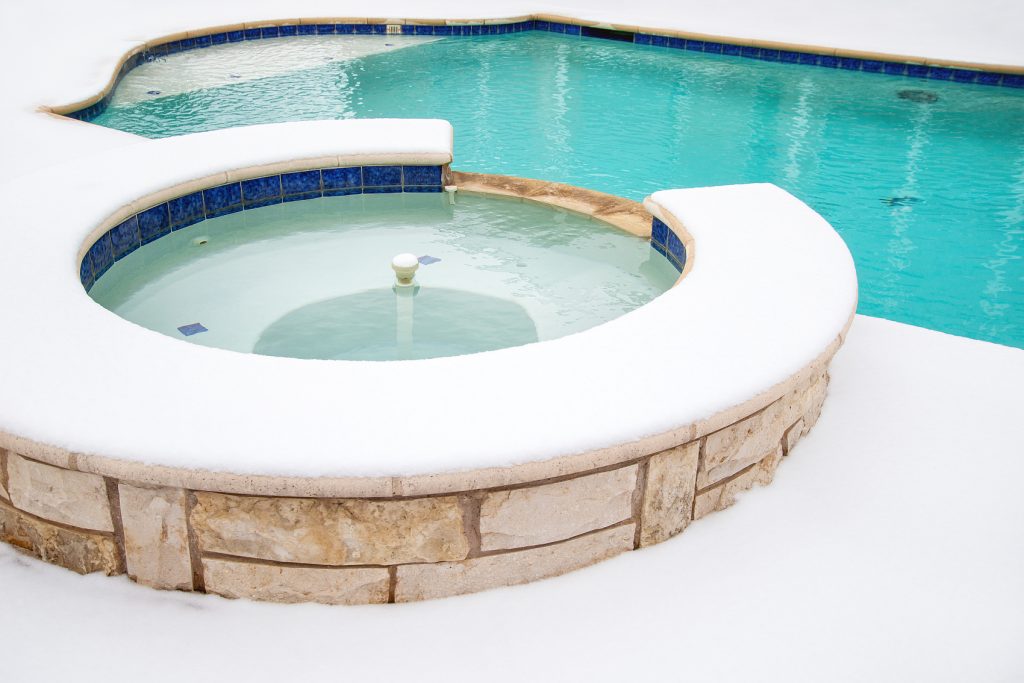
Steps to Winterize Your Pool
Here’s a step-by-step guide to prepare your pool for winter:
1. Test and Balance the Water
Start by checking the pool’s water chemistry with a test kit. Ensure the pH, alkalinity, and calcium hardness are properly balanced using the necessary chemicals. Proper water balance helps prevent staining and corrosion during the off-season.
2. Deep Clean the Pool
Scrub the pool’s walls and floor with a pool brush to remove dirt and grime. Skim off debris from the water’s surface, and finish cleaning with a vacuum or automatic pool cleaner. Don’t forget to empty the filter and pump baskets when you’re done.
3. Add Pool Chemicals
After cleaning, treat the water with chlorine shock to eliminate organic material and prevent microbial growth. Add algaecide to stop algae from growing and a metal sequestrant if your water contains high metal levels, which can cause staining.
4. Remove Accessories
Take out any items that could be damaged by freezing weather, such as ladders, handrails, skimmer baskets, and pool toys. Store these in a dry, safe place like a shed or garage.
5. Partially Drain the Pool
Lower the water level according to your pool cover type:
- For a safety cover, drain 6–12 inches below the skimmer.
- For a solid cover, drain 3–4 inches below the skimmer. Avoid draining too much water, as this could put stress on the cover and damage it.
6. Shut Down Equipment
Turn off and drain all pool equipment:
- For electric heaters, unplug and remove water.
- For gas heaters, turn off the gas supply, unplug, and drain the unit.
- Disconnect the pump, pool lights, and other electrical systems. Store removable parts in a warm, dry place, and cover any non-removable equipment to protect it from snow and ice.
7. Empty the Pump and Filter
Drain all water from the pump, filter, and other equipment. If you have a diatomaceous earth (DE) filter, clean it thoroughly with a hose. Cartridge filters should also be cleaned and inspected before reassembly.
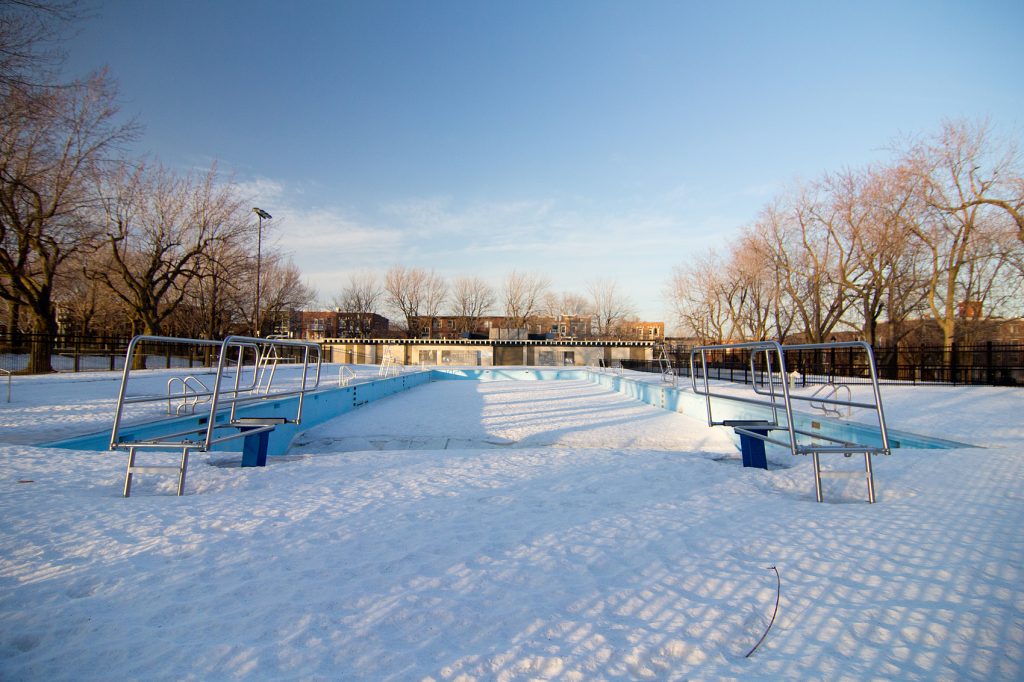
8. Blow Out Water Lines
Prevent freezing in your pipes by removing all water from the lines. Use an air compressor on a low setting to blow out the lines. Start by removing fittings and plugs, then work in sections. Plug the lines with rubber stoppers once they’re dry to prevent any remaining water from freezing.
9. Cover the Pool
Cover your pool with a winter cover or safety cover:
- Safety covers protect against debris and prevent accidents involving pets or people. These need to be securely anchored.
- Winter covers are easier to install but offer less protection and don’t prevent accidents.
Optional: Using Antifreeze
If you’d prefer not to blow out the water lines, you can use non-toxic pool antifreeze to prevent freezing. Be sure to choose a propylene glycol-based product, as it’s safe for pools. Avoid alcohol-based antifreeze, which can damage equipment and react dangerously with chlorine.
By following these steps, you can ensure your pool stays in great shape during winter, saving you time and money when swimming season returns.


